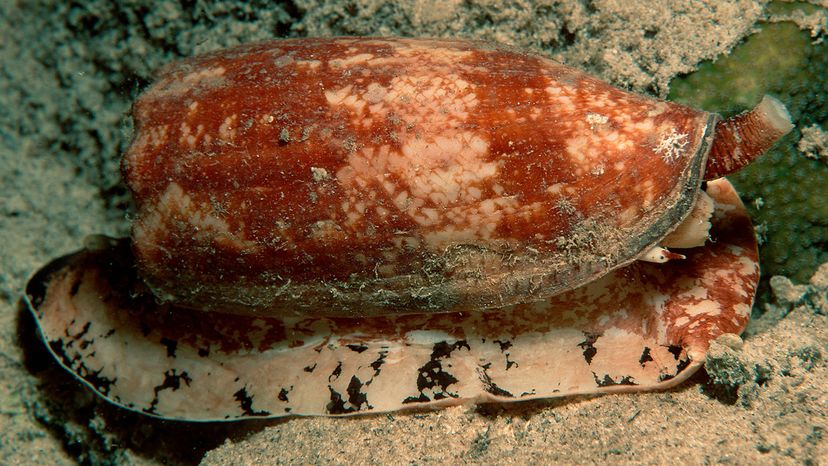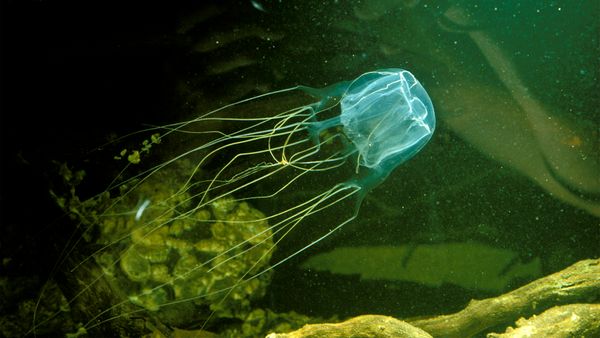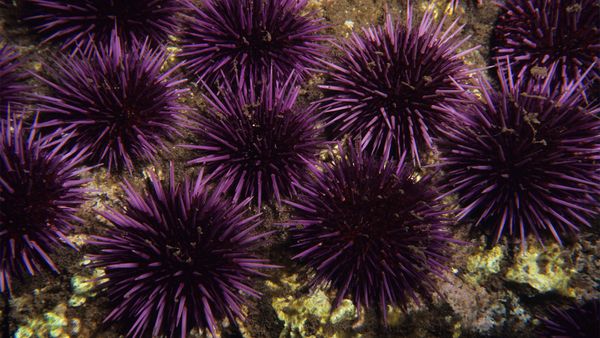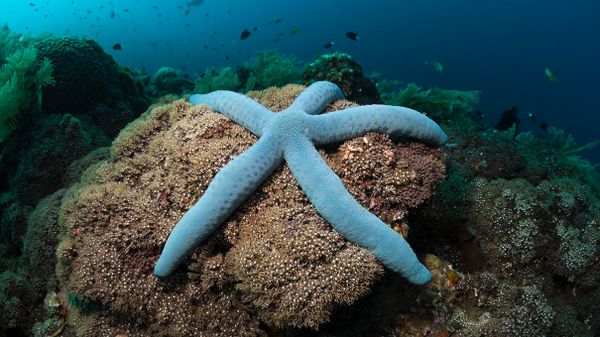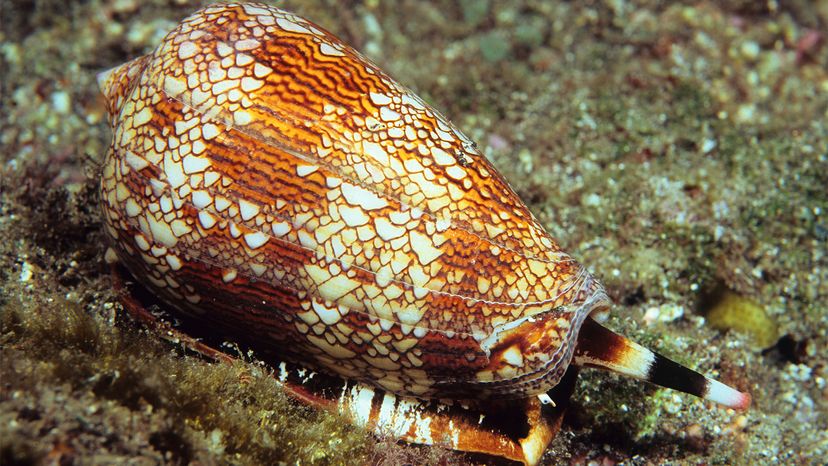
In the "Jurassic Park" sequel "The Lost World: Jurassic Park," the Lindstradt air gun is a weapon that shoots a dart containing "enhanced venom" from the cone snail (Conus purpurascens), which the movie purports to be the most powerful neurotoxin in the world. The gun is used to kill or paralyze dinosaurs, of course.
As we'll learn, there are some differences between the facts and the fiction surrounding these venomous creatures and the toxin they produce. So sit back and prepare to learn about the real-life cone snail, the truth of the cone snail sting and other details.
Advertisement
